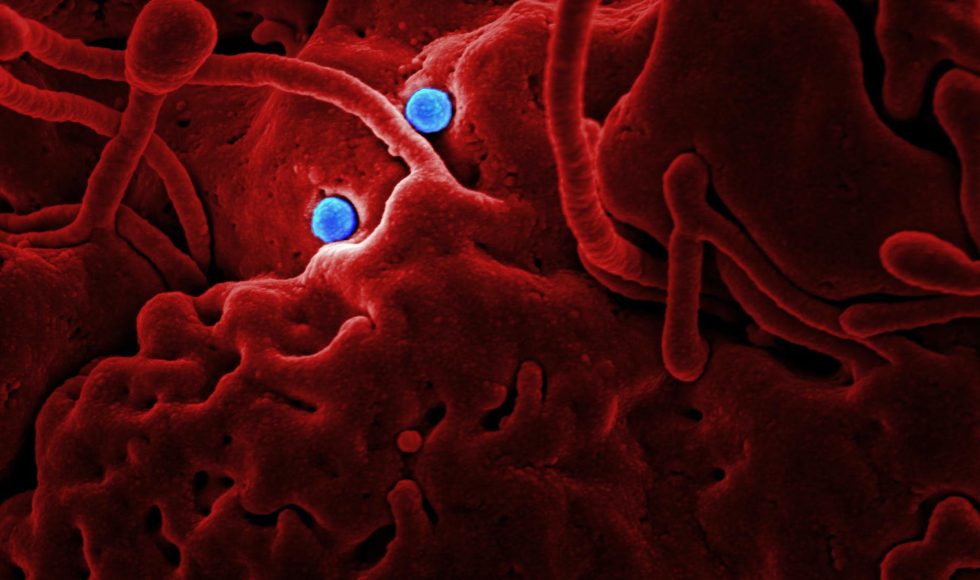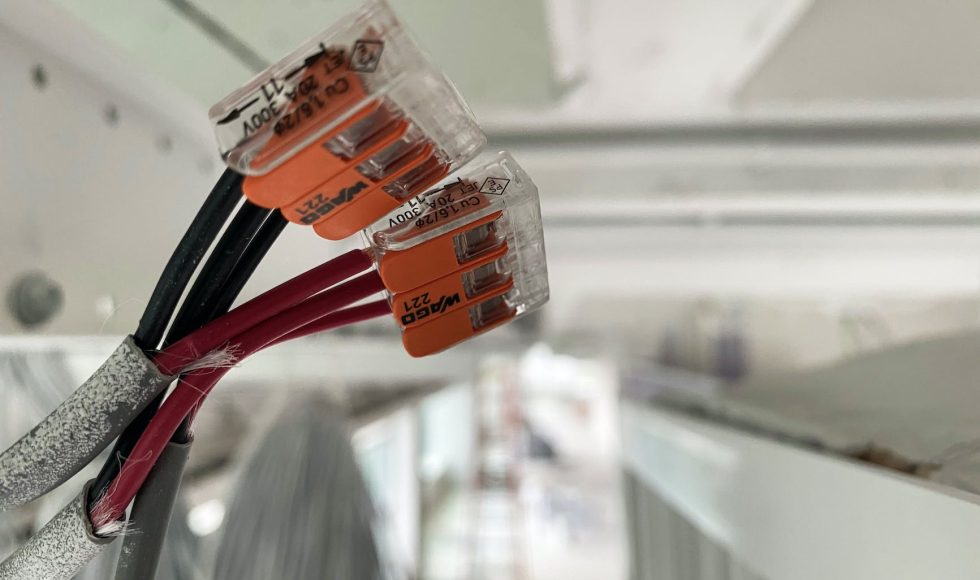Mantas Sereika from Aalborg University in Germany presented at the Nanopore Community Meeting 2021 a session with a title that caught my attention tonight: “Nanopore R10.4 enables near-perfect bacterial genomes.” They spoke about Nanopore sequencing raw read accuracy improvements and issues with homopolymers. Insertions and deletions in homopolymer regions can be an issue causing frameshifts. […]
This afternoon, I came back from visiting KBase in Berkeley. I am still watching sessions from previous London Callings to learn about different topics I will discuss in the upcoming Portable Genome Sequencing course. Tonight, I found the session by David R. Greig from Public Health England in the UK. Their 2021 London Calling session […]
I am starting to watch older Oxford Nanopore Technologies (ONT) videos to prepare background information for the course we are developing. Tonight, I watched a session by Rob Harbert from Stonehill College. The title of the presentation was “Monitoring plant biodiversity in aquatic eDNA with low-cost Oxford Nanopore Flongle sequencing.”They used the Flongle for metabarcoding. […]
Today, I spent time with the KBase Ed group at UC Berkeley! The first day was full of tips and opportunities. As I prepare for the Portable Genome Sequencing course later this semester, I am trying to learn about using Oxford Nanopore Technologies (ONT) devices for sequencing plasmids, microbes, metagenomes, and transcriptomes. Tonight, I watched […]
Tonight, I was searching for videos for the course I am preparing to teach on portable genome sequencing technologies. I want to discuss the use of long-read sequencing for identifying and characterizing native plasmids. I found an older yet very relevant London Calling 2019 session. Severine Rangama from the University of Warwick presented a short […]
Colette Felton from the University of California at Santa Cruz presented at the Nanopore Community Meeting in Houston about “Haplotypes, isoforms, and fusions: towards a richer cancer transcriptome.” The Felton read studies splicing, and long reads could be used to detect isoforms. The lab developed a tool called FLAIR2 to study differential splicing. Felton’s lab […]
Rupesh Kesharwani from the Baylor College of Medicine, HGSC & University of North Texas HSC, presented at the Nanopore Community Meeting Houston on “STRspy 2.0: unlocking the potential of long reads for forensic DNA profiles.” They shared that STRs are short tandem 2-7 bp repeats that account for 3% of the human genome. Individuals have […]
“MetaPhaser: methylation-based haplotype phasing of human genomes” is the title of the NCM Houston session I watched tonight. Yilei Fu from Rice University was the presenter. They began sharing how long reads provide more information about structural variations (SV) and help with assembly and phasing. Fu explained an example of thiopurine methyltransferase (TMPT) and how […]
Tonight, I watched the Nanopore Community Meeting Houston session on “Plasmid Core lab success story.”Mark Buddle is the co-founder and CEO of the Plasmidsaurus company. The title of Buddle’s session was “Setting a New Benchmark: The Emergence of Nanopore as the Standard for Plasmid and PCR Sequencing.” They have about 500 drop boxes for samples! […]
Marcus Stoiber, Principal Algorithms Researcher with Oxford Nanopore Technologies, presented an update on modified bases at the Nanopore Community Meeting in Houston. They began describing how modified bases are detected from nanopore sequencing data. Remora detects modified bases on top of base calling. This is an analogy to Remora latching on to bigger fish and […]











